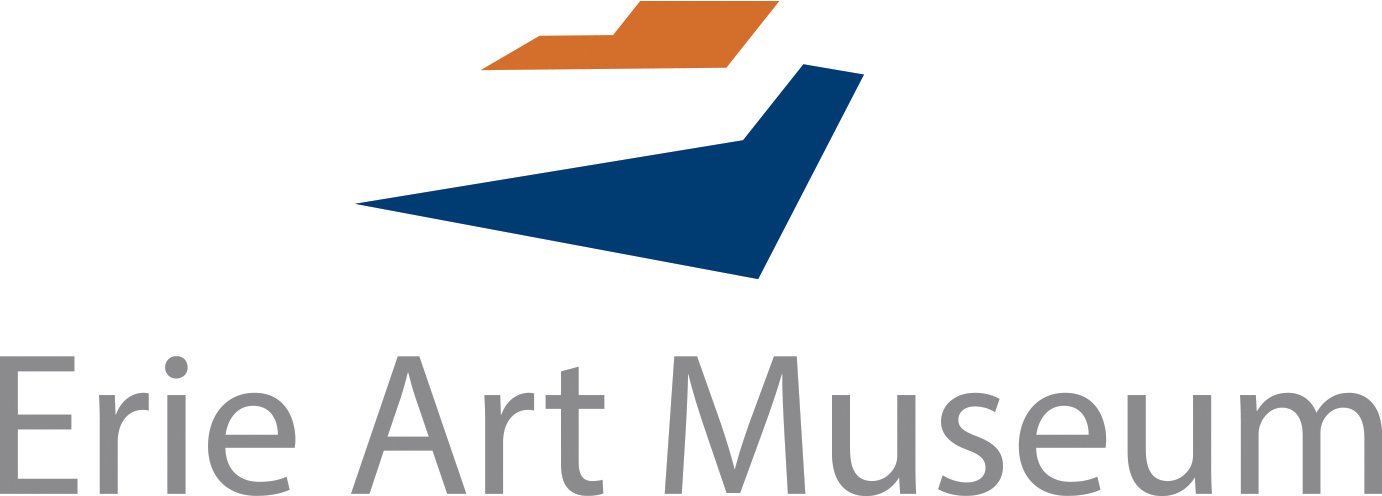Phase One of Customs House Preservation Project to Begin
Erie, PA – This May, the Erie Art Museum begins the first phase of a multi-phase historic preservation project centered around the Customs House. This project, scheduled for completion by August 2025, aims to enhance the exterior envelope of the building to mitigate water infiltration at the ground level.
The Historic Planning Commission of the City of Erie and the Erie City Council recently approved the designation of the Old Customs House as a Historic Place. This building was built in 1839, originally as a branch of the Bank of Pennsylvania. It changed hands in 1849, housing a U.S. Customs House and a bonded warehouse, from which the name originates. The marble staircase and Doric columns come from a quarry in Vermont, and the Customs House is one of the first buildings in America to use native marble in its construction. The process of transporting the marble from Vermont to Erie involved the Erie Canal, steamboats, and wagons, while the bricks for the building were sourced from clay at the foot of German Street. The Customs House was listed on the National Register of Historic Places in 1972. The Erie Art Museum acquired the building in 1983.
Located at 411 State Street in the heart of downtown Erie, the Customs House has been the face of the Erie Art Museum for several years. The iconic sculpture by Erie artist John Silk Deckard, Eternal Vigilance, is recognizable to many, and the steps leading to the doors of the Customs House are frequently used as a photo spot for both prom-goers and wedding parties. Every August, the steps are filled with guests taking in the sounds of the main-stage artist during Celebrate Erie.
“This project is literally and figuratively reinforcing the foundation of the Museum. It enables the Museum to begin shifting its focus from juggling operations with deferred maintenance to a position of strength and long-range strategic planning,” stated Laura Domencic, Executive Director of the Erie Art Museum.
The Customs House renovations project is made possible with generous support provided by Mr. Thomas B. Hagen, the Keystone Historic Preservation Project Construction Grant Program, and the Erie Community Foundation.


